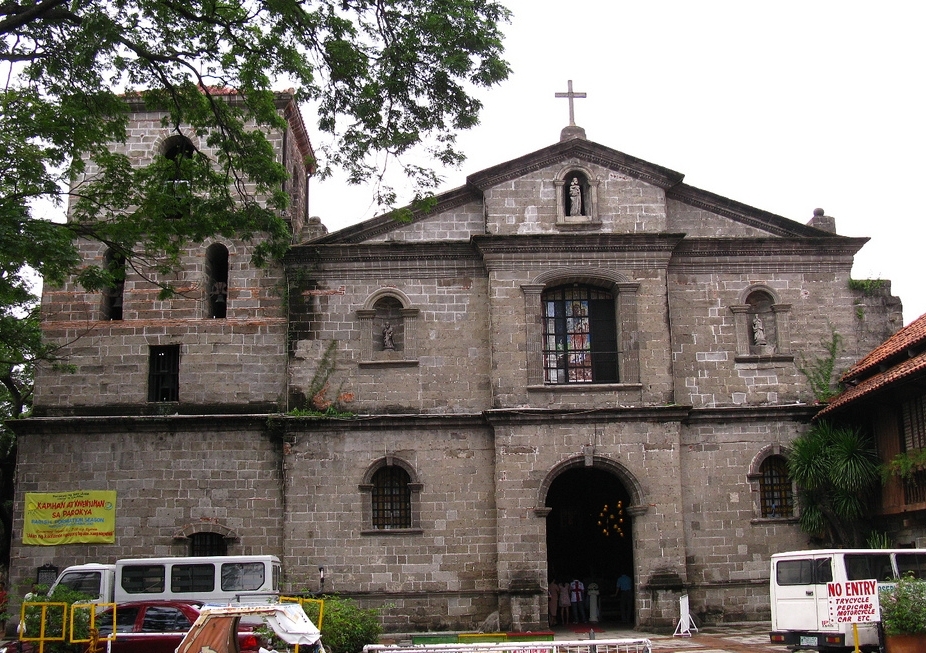Saint Joseph Parish Church, Las Piñas

On November 5, 1795, the Archbishop of Manila assigned Las Piñas, then a small town of farmers and
fishermen, to the Augustinian Recollects to establish a new church. Father Diego Cera de la Virgen
del Carmen, a native of Spain, traveled from Mabalacat, Pampanga province and arrived on the town
on the second day of Christmas 1795. Soon after, he started building the church made from adobe
(volcanic) stones in the Earthquake Baroque architectural style
The new parish priest was a very gifted man. He was a natural scientist, chemist, architect, community
leader, as well as organist and organ builder. In 1816, when the stone church was almost complete,
he started building the organ made of bamboo and completed the instrument in 1824.
Father Cera served as the parish priest of Las Piñas till May 15, 1832 when he could no longer perform
his duties due to severe illness. He passed away a month after on June 24, 1832 in Manila.
Between July 18-20, 1880, three strong earthquakes affected the region from Nueva Ecija to Cavite
destroyed several buildings and churches. The St.Joseph Church and the bamboo organ severely suffered
damages from the quakes. In 1882, a strong typhoon blew the roof off of the church, which also further
damaged the organ. The church was reconstructed in 1888.
In 1914, Belgian missionaries Fr. Jose van Runkelen and Fr. Victor Faniël of Congregatio Immaculati
Cordis Mariae (CICM) established St. Joseph's School next to the church to foster literacy in the
parish community. The school, which started as a grade school, eventually included secondary education
and was renamed as St. Joseph Academy.
Between 1971 and 1975, with the help from the community and neighboring towns, the church was restored
by a National Artists of the Philippines for architecture Francisco Mañosa with Architect Ludwig Alvarez
back to its 19th century look.
